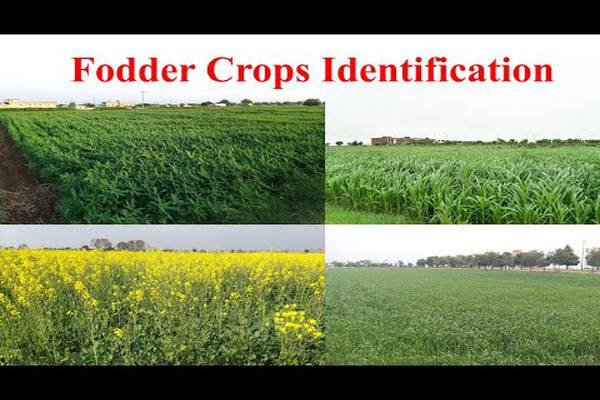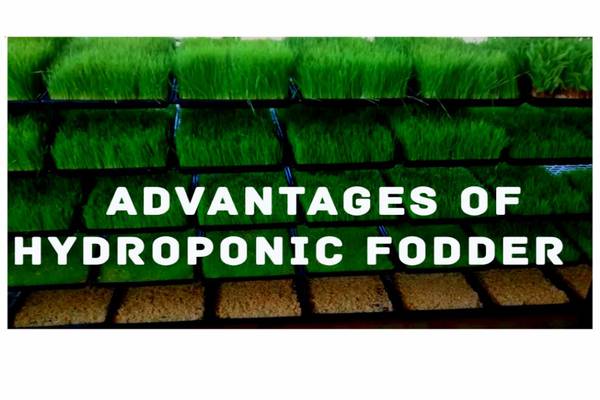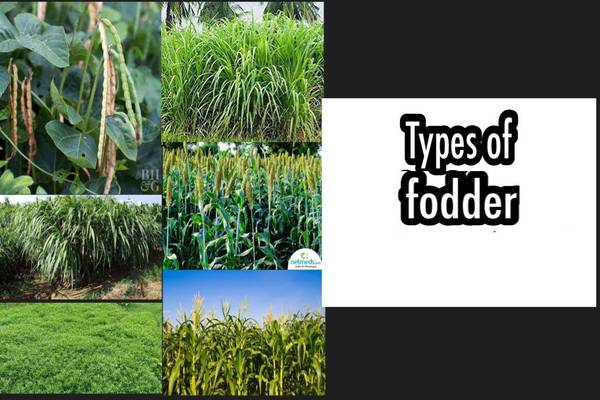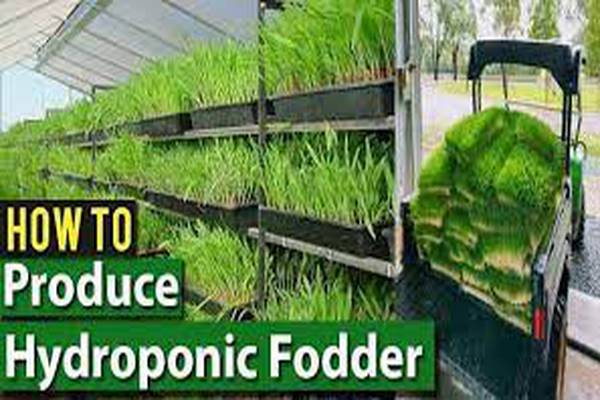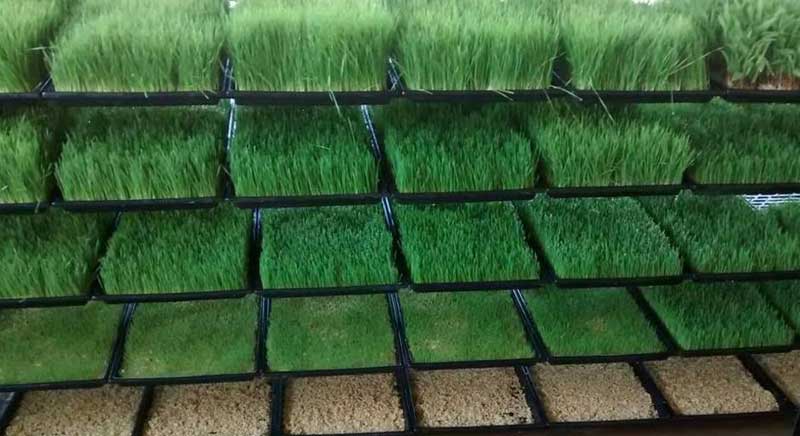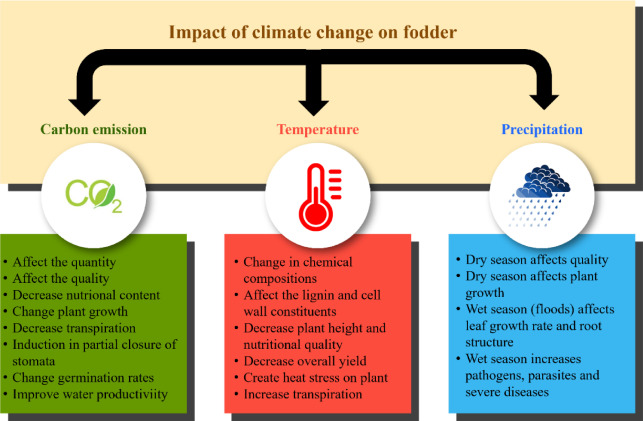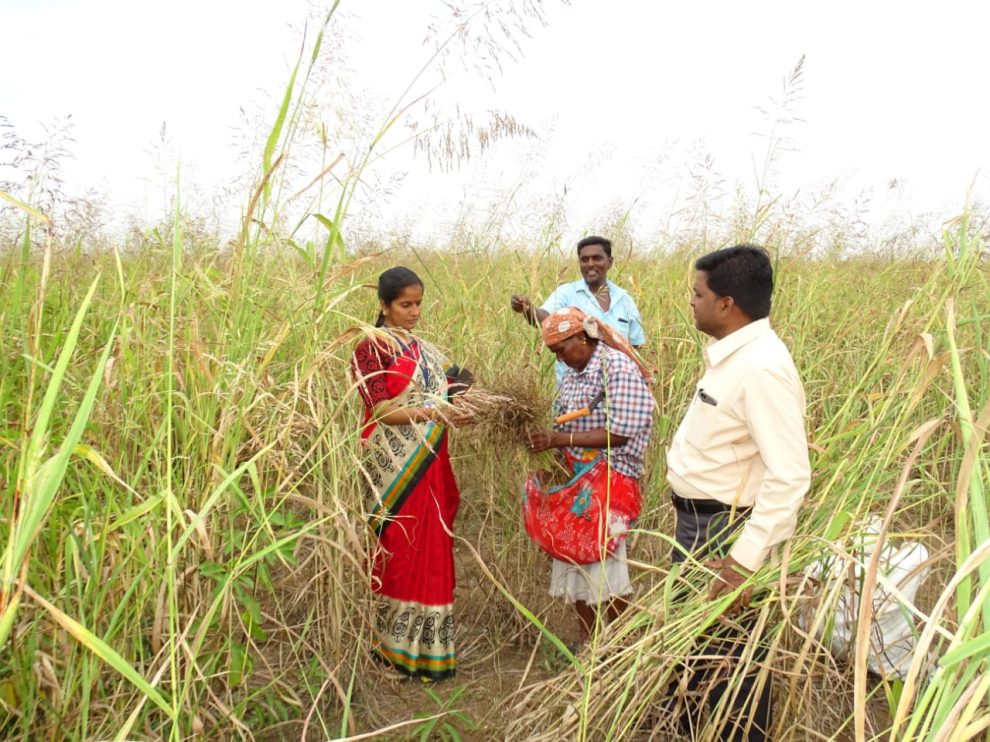Explore Fodder Cultivation: Nourishing Livestock Sustainably
Drafted by: vijaychourey26@gmail.com
In the realm of agriculture, where innovation and sustainability intertwine, the practice of fodder cultivation has gained significant attention. Fodder, often referred to as animal feed, plays a pivotal role in maintaining the health and productivity of livestock. This article delves into the world of fodder cultivation, its benefits, methods, and its crucial role in promoting sustainable agriculture.
Understanding Fodder Cultivation
What is Fodder?
Fodder refers to cultivated plants that are specifically grown to provide nutrition to livestock animals. It comprises a wide range of crops such as grasses, legumes, and grains, all of which are rich in essential nutrients required for animal growth and health.
The Importance of Quality Fodder
Quality fodder is the cornerstone of livestock management. It directly influences the health, productivity, and overall well-being of animals. Providing well-balanced and nutrient-rich fodder ensures that animals receive the necessary vitamins, minerals, and proteins, resulting in improved growth rates, reproductive success, and disease resistance.
Advantages Of Fodder Cultivation
Improved Livestock Nutrition
Fodder cultivation allows farmers to have better control over the nutritional content of the feed provided to their livestock. This results in healthier animals with enhanced meat and milk production, ultimately benefiting both farmers and consumers.
Cost-Effectiveness
Cultivating fodder on-site can significantly reduce feed costs for livestock farmers. By utilizing locally available resources and optimizing land use, farmers can minimize expenses while maintaining the nutritional quality of the feed.
Reduced Environmental Impact
Fodder cultivation promotes sustainability by reducing the need for extensive land and water resources. Additionally, the integration of certain fodder crops into agricultural systems can help mitigate soil erosion and enhance soil fertility.
Types Of Fodder Crops
Grasses and Legumes
Grass-based and leguminous fodder, such as alfalfa and clover, are rich sources of proteins and fibers. These crops contribute to well-balanced diets for ruminant animals like cattle, sheep, and goats.
Cereal Crops
Cereal crops like maize, barley, and oats serve as energy-rich fodder options for livestock. They provide essential carbohydrates that fuel animal activities and growth.
Hydroponic Fodder
Hydroponic systems enable the rapid growth of fodder in controlled environments, making them available year-round. This method is particularly beneficial in areas with limited arable land or harsh climatic conditions.
Setting Up A Fodder Cultivation System
Selecting the Right Crops
Choosing suitable crops depends on the type of livestock and the local climate. Researching and selecting appropriate species ensure optimal growth and nutritional value.
Suitable Growing Conditions
Fodder crops thrive in different environments. Some prefer well-drained soil, while others flourish in moisture-rich conditions. Providing the right growing conditions is vital for a successful yield.
Choosing the Appropriate Cultivation Method
Farmers can choose between field cultivation, hydroponics, and even vertical farming. Each method has its benefits and challenges, so selecting the one that aligns with available resources is crucial.
Methods Of Fodder Cultivation
Traditional Field Cultivation
Field cultivation involves sowing seeds directly into the soil. It's a cost-effective method suitable for larger farms with ample land.
Sprouting and Hydroponics
Sprouting seeds hydroponically or in sprouting trays accelerates growth and enhances nutrient availability. This method is particularly useful for small-scale farming.
Fodder Trees and Shrubs
Certain tree species, like Leucaena and Mulberry, can be cultivated as fodder sources. These woody plants provide sustainable feed options, especially in regions prone to drought.
Steps To Successful Fodder Cultivation
Seed Selection and Preparation
Choosing high-quality seeds and preparing them through techniques like soaking and germination sets the foundation for healthy plant growth.
Germination Techniques
Encouraging seed germination through proper moisture, temperature, and aeration accelerates the growth process and boosts nutrient content.
Maintenance and Harvesting
Regular irrigation, protection from pests, and timely harvesting contribute to the overall success of fodder cultivation. Harvesting at the right stage ensures maximum nutritional value.
The Environmental Impact Of Fodder Cultivation
Water Conservation
Certain fodder crops require less water compared to traditional crops, contributing to water conservation in agriculture.
Soil Health
Fodder crops can enhance soil structure and nutrient content, improving soil health and long-term agricultural sustainability.
Carbon Footprint Reduction
Local fodder cultivation reduces the carbon footprint associated with transporting feed over long distances, leading to a more eco-friendly livestock industry.
Fodder Management And Storage
Ensuring Nutrient Retention
Proper drying and storage techniques preserve the nutritional value of fodder, ensuring that livestock receive high-quality feed throughout the year.
Preservation Techniques
Fodder can be preserved as silage or hay, allowing farmers to store surplus feed for times of scarcity or unfavorable weather conditions.

